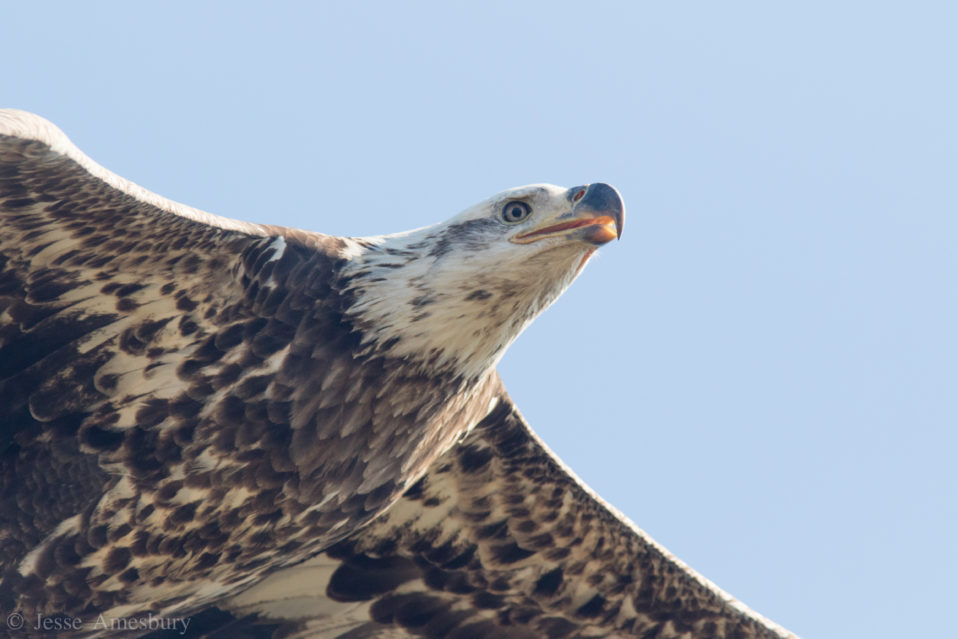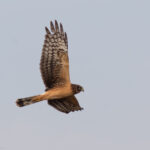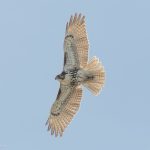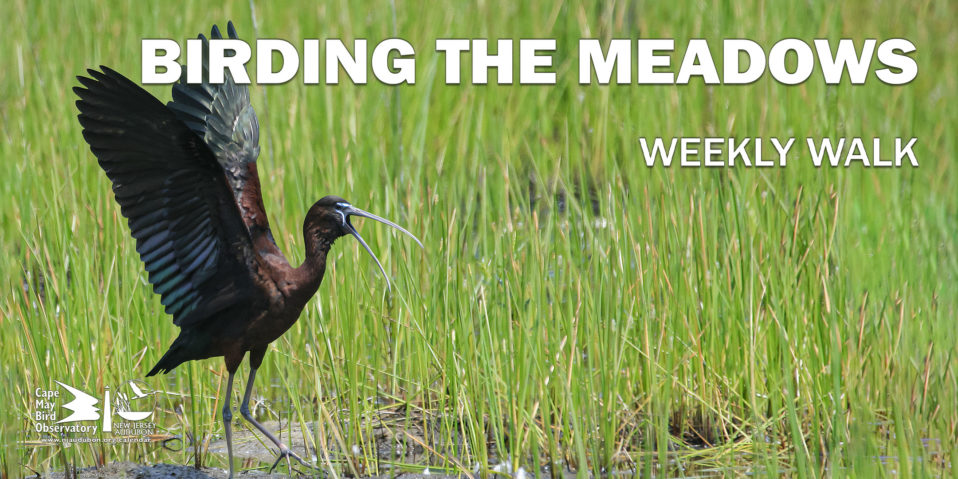Just like every hawkwatch in the northeastern US, the daily totals follow a bell curve throughout the fall season. They start out low in September and slowly increase until they peak in October and then slowly decrease throughout November. Unfortunately, the totals seem to be dropping rapidly during the first half of the month, and not in typical bell curve fashion. The weather has been decent, but we have not seen a big push of the late season migrants, especially Red-tailed Hawks, that make up a huge chunk of November totals. Only three days during this period, November 5th, 10th & 16th, had triple digit totals of migrating raptors. It is unclear why Red-tailed Hawk numbers are significantly lower than normal. The current seasonal total of 491 is about 60% below the average. It is possible they are delaying their migration and we will see big numbers in the final two weeks of the count, or maybe they have decided there is no need to migrate and will spend the winter to the north. The same can be said for Red-shouldered Hawks, whose numbers are also extremely low at this juncture of the season. However, as I am typing this blog, a cold front is barreling across the country and expected to bring howling NW winds and brisk temperatures tomorrow, the 19th, so there may be a huge flight of raptors bringing the season totals closer to average.
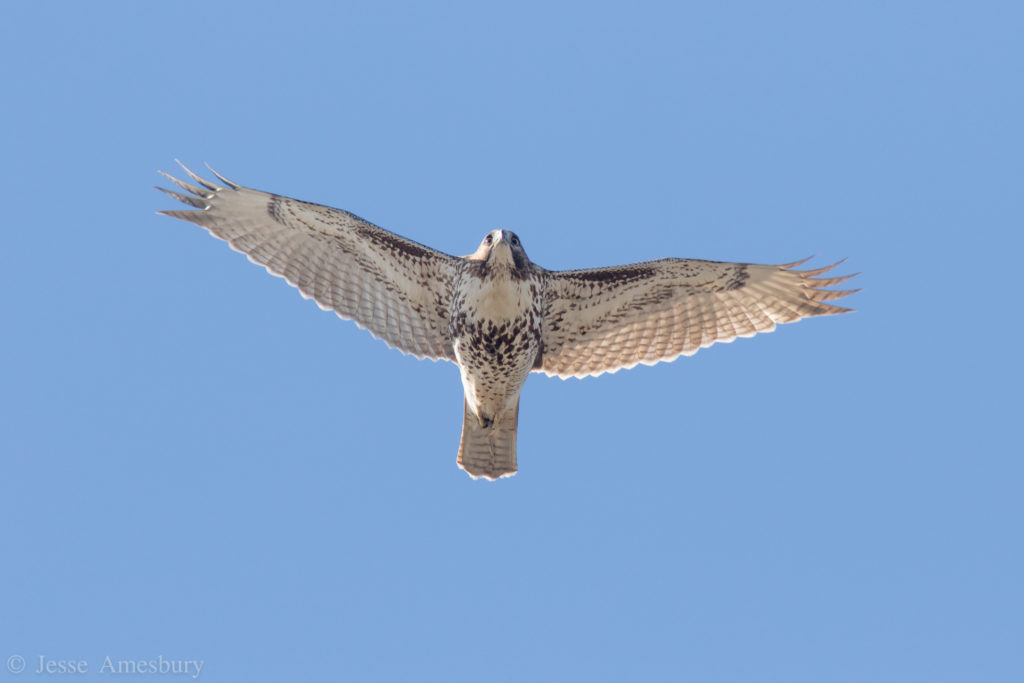
Red-tailed Hawks are probably the most common bird of prey in North America but that does not make them boring! Red-tailed Hawks can be highly variable in their plumage, so almost every Red-tailed Hawk looks a little different. Some are very pale, others are very dark. Some have lots of rufous tones to their plumage, other are much whiter. There are even multiple subspecies of Red-tailed Hawk throughout the county, with 2 of them seen here in Cape May. All of this variation in Red-tails makes them fun to look at because they are all so unique.
It’s not all gloom and doom this season because arguably the coolest bird of prey, the Golden Eagle, is having a phenomenal season in Cape May. Like I mentioned in my previous blog post, the season total is already above average and we are continuing to run up the numbers as two more juveniles were counted this period, one on November 7th and another on November 10th. Northern Harriers are also having an above average season. In fact, the 1,000th Northern Harrier of the season was counted on November 17th. This is just the 3rd year in the last 7 years with a season total over 1,000. With 2 more weeks left in the season, it will be fun to see how high we can get these totals and how they compare to all-time season records. I should also mention that, although overall numbers have been low, raptor diversity has still been high throughout this period with about 10 species seen per day. Early-season migrants such as Ospreys, Peregrine Falcons, & Broad-winged Hawks are still seen most days, albeit in just 1s and 2s.
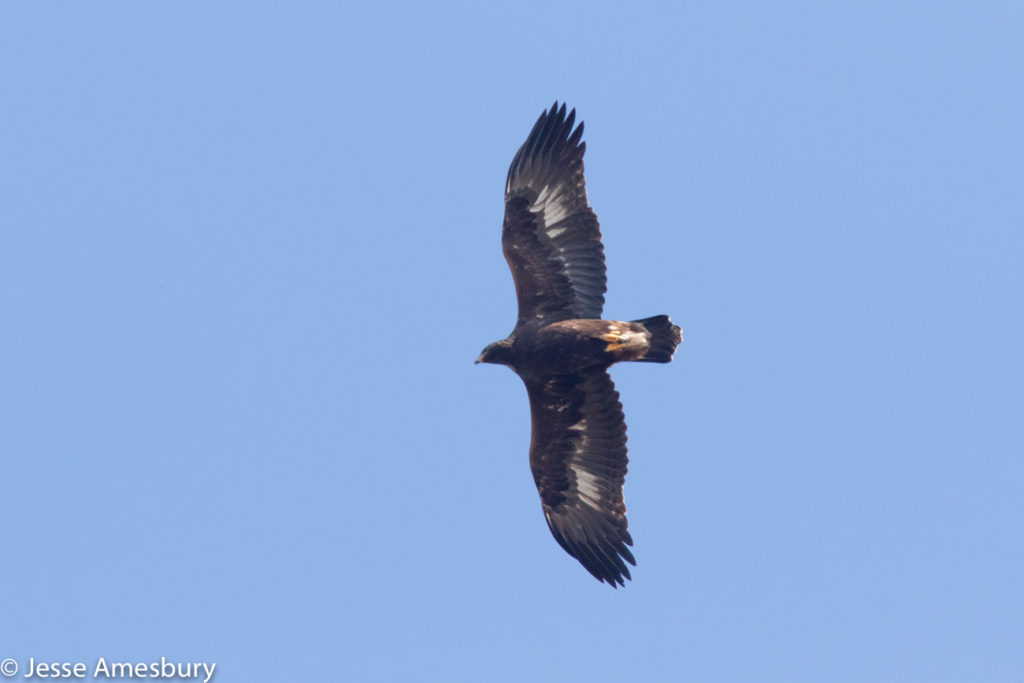
Golden Eagles are a fan favorite and for good reason, too! Their white wing patches, white base of the tail, and golden neck make them stand out even at a distance, so when one flies right over head you can’t help but be awestruck at their beauty!
This was a slow period for the non-raptors too, which isn’t all that surprising given the same weather that brings the raptors also brings the rare birds. The biggest highlight was definitely an immature Iceland Gull on November 8th. However, there are still a lot of awesome birds that have been observed from the hawkwatch platform such as Orange-crowned Warbler, Baltimore Oriole, Tundra Swans, & Eurasian Wigeon.
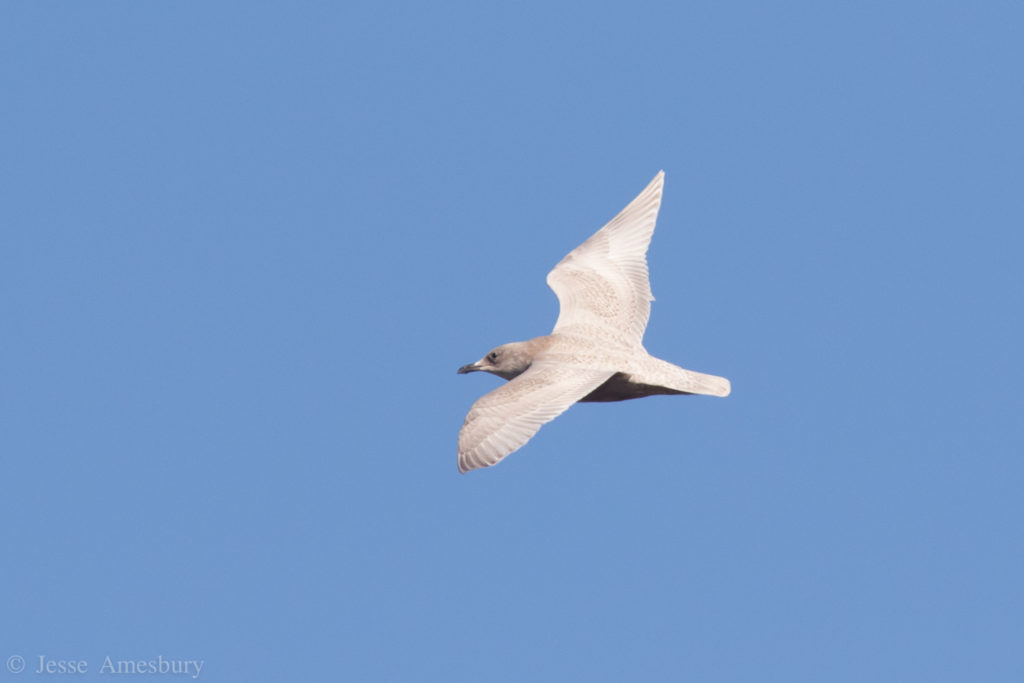
Iceland Gulls are unique among gulls because they are relatively easy to identify! The pure white wing tips are a dead giveaway that this gull is not your usual Herring or Ring-billed Gull. This individual was nice enough to land on Bunker Pond and then fly right over the lighthouse allowing for exceptional views of this beauty!
-Jesse Amesbury




